There are a few key differences between landscape architects and landscape designers, some of which include education requirements, training, licensing procedures and the types of projects each professional works on. While both types of design professionals have a similar skill set, their distinctions allow each professional to cover different projects.
Although many people mistakenly consider both jobs as the same, there are a few major differences between them. A landscape architect is generally licensed to work on large commercial projects, while a landscape designer works mostly on residential projects. A landscape architect will have a higher level of technical knowledge and experience in plant and structural design, while a designer will focus on aesthetics and plant selection. A landscape designer may be qualified for the same position, but they do not have a license.
Licensed landscape architects perform all kinds of professional services, including research, consultation, and design. They conduct investigation, plan, and manage the construction process. They are responsible for contract administration and planning. The purpose of their services is to preserve or enhance the environment while improving its features. They also plan trails, determine ground cover, and take into account any environmental concerns.
Landscape designers, on the other hand, may not have the same formal education and training as landscape architects, but they are able to produce construction-ready plans. They typically focus on the basics of garden design, maintenance, and also have the ability to supervise the installation of the design.
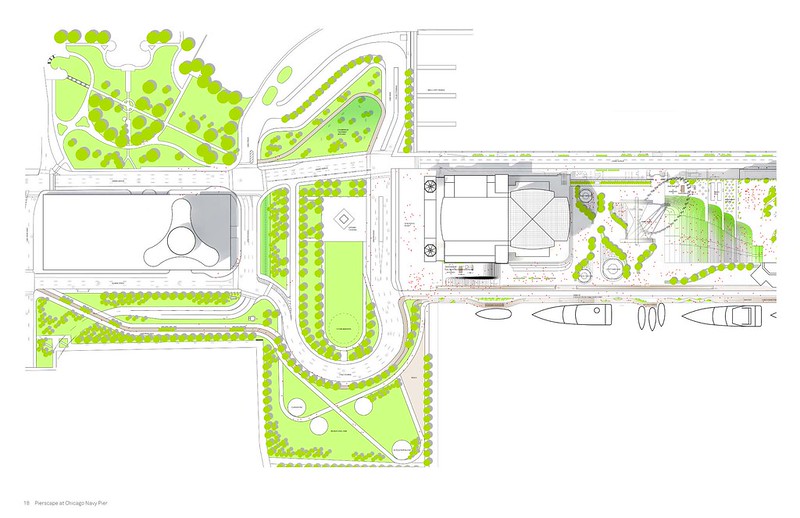
Image: AECOM BIG – Chicago Navy Pier
Sectors + Education
If you’re interested in a career in the architecture, engineering, and construction (AEC) field, you may be wondering what sectors do landscape architects and landscape designers work in. While each discipline has overlap within the AEC field, there are a few sectors that more landscape architects work in, rather than landscape designers.
Landscape Architects
As a landscape architect, the options to choose which sector you perform work in are greater and more abundant. There are many different sectors in which landscape architects work in, from public parks to commercial buildings, to urban spaces to residential homeowners.
As a landscape architect, you’ll also need to understand site planning, which refers to strategies that make efficient use of land. Site planners consider topography, property lines, and existing buildings and utilities. They then document existing conditions and propose changes for the site. As you can see, this career is very diverse. You might find that one of your interests lies in a niche area, and you can use your degree to get the job done anywhere you’d like.
A career in landscape architecture requires a degree in landscape architecture. To become a landscape architect, you must complete a higher education course approved by the appropriate accreditation organizations in your country and region. For example, according to the American Society of Landscape Architects, a formal education is essential to gain these skills and knowledge. Professional education in landscape architecture can be obtained at the undergraduate or graduate level. There are two undergraduate professional degrees: a Bachelor of Landscape Architecture (BLA) and a Bachelor of Science in Landscape Architecture (BSLA). These usually require four or five years of study in design, construction techniques, art, history, natural and social sciences. Additionally to become a licensed landscape architect, one must pass the Landscape Architecture Registration Examination (LARE). Professionally and legally in most instances, the title “landscape architect” is only used once they are licensed. Before licensure, the title of “landscape designer” is typically used.
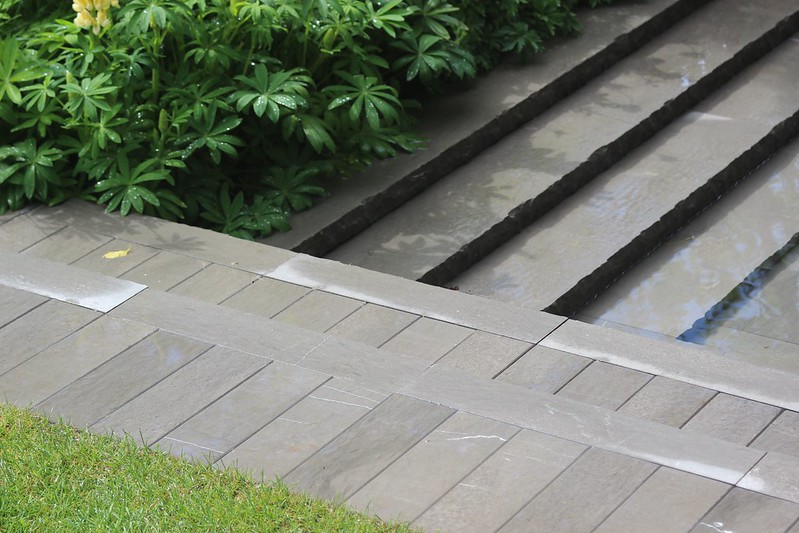
Image: Luciano Giubbilei’s Laurent-Perrier Garden by Carolyn Willitts
Landscape Designers
Although many landscape designers are self-taught, there are many who have studied horticulture, soil science, or botany. Both of these fields require artistic flair and knowledge of plants. They also use computer-aided design (CAD) software, which can produce better results and more accurate plans and sections.
Landscape designers often work on smaller scale projects, such as residential landscapes, and lack experience in site engineering, grading, water management, and local regulations. However, within the residential sector, oftentimes landscape designers work within design and build companies allowing them to have extensive knowledge in construction. Being a landscape designer in a construction environment has many benefits. You receive first hand experience about project management, costs and installation timelines. This knowledge is very beneficial to relay to clients to manage clients expectations and deliver to-budget designs to get projects built.
The minimum education requirements for landscape designers vary from employer to employer, but in general they are an associate’s degree in a plant-related field. The courses you take can vary as well, so make sure to review the course catalog of the school you are considering. You should consider taking horticulture, design and technology, math, and physics classes, as well as courses in algebra and geometry.
Associate’s degrees in landscape design focus on principles of landscape design and apply them to real-life situations. Typically, students complete coursework in environmental design, math for landscape design, and plant health care. Students also learn about the design strategy of different landscape environments, including gardens and parks. During the course of study, students also take general education courses, such as math for environmental design and computer drafting. There are also specialized programs in garden center management, golf course design, and organic plant care. Ultimately, after earning an associate’s degree in landscape design, you’re able to pursue a full-time position in the field immediately after.
Whether you are planning to build a backyard, landscape the front lawn of your house, or landscape a park, you will likely want to know what certifications or organizations there are for landscape designers. The most known organization with certifications for landscape designers is Association of Professional Landscape Designers (APLD).
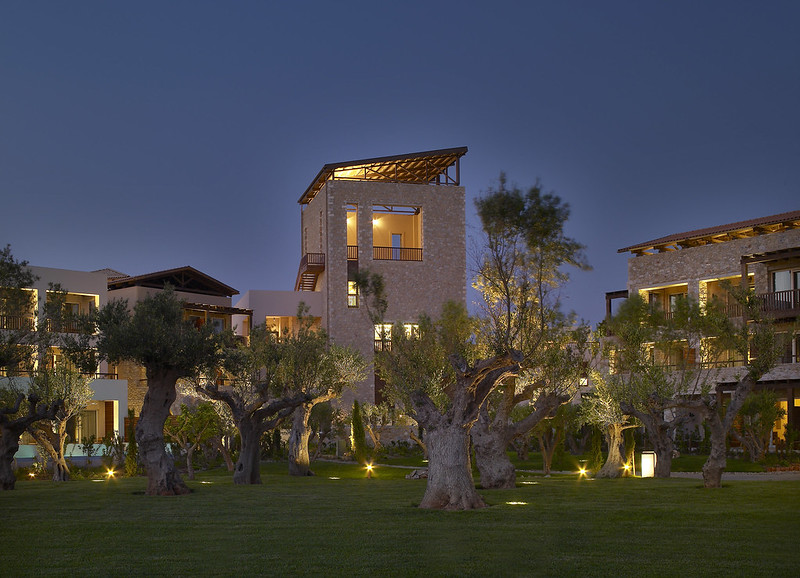
Image: Westin Resort, Lake Las Vegas – Costa Navarino
Salary
As a landscape architect, you can choose to work with a variety of clients, from homeowners to businesses to government agencies and investors. Landscape architects typically work from an office, although they may also spend time on project sites. They may work for landscape design firms or as independent contractors. Most landscape architects work for companies, although approximately 20% are self-employed. The median salary of a landscape architect in 2021 was $67,950 (or $32.67 per hour) with the top 10% earning more than $115,000 per year. However, there are many avenues landscape architects can take, such as becoming a project manager to oversee large-scale projects. As a result, their salaries may be higher than those of their colleagues.
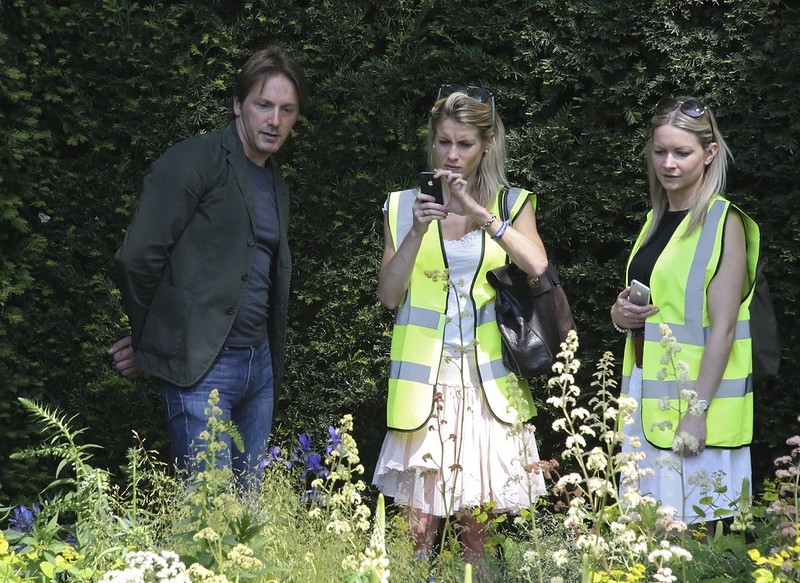
Image: Luciano Giubbilei (left) designer of the Laurent-Perrier Garden by Nigel Clifford
Landscape architects typically charge an hourly rate for their work, and their rates are often related to experience and deliverables. Entry-level designers charge lower rates while principal and senior landscape designers charge higher rates. Landscape design/build firms usually fall outside of typical pricing due to their unique set of skills, but have typically been between $25 and $150 an hour depending on their experience and deliverables.
Whether your path leads, if you’re looking for a field that combines art, science, technology, gardening and design – the landscape industry is for you!
—
Lead Image: The Westin Resort Royal Villa Methoni, Costa Navarino
The Landscape Library offers a 4-week online course that teaches you AutoCAD for Landscape Design. During this course, Jordan Felber, founder of The Landscape Library and course instructor teaches the core principles of landscape architecture while learning one of the most comprehensive softwares, AutoCAD.
Published in Blog, Cover Story, Featured




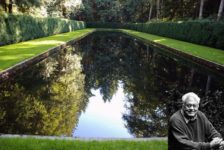




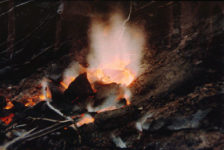

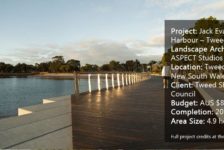
Lucila Silva-Santisteban
Conflicting thoughts about this article. Yes, being a landscape designer means you’re not licensed but it doesn’t necessarily mean you are under educated. Commonly in practice, especially in the landscape architecture field here in NYC, landscape designer is the position before landscape architect. You have many landscape designers that are highly educated just not licensed yet. I think what the author describes as a landscape designer is probably a person who is passionate about landscape but has no formal education in the field.
Jordan Felber
Lucila, this is a great interpretation of the article and I’m glad you recognized the passion aspect of the discipline.
STEPHANIE Landregan FASLA LEED
The article is a bit general. In many states, construction ready products are the sole domain of licensed professionals, even in the residential area. That is the case in California. Landscape designers can produce a planting plan, but not a layout plan, or a set of plans. And other states may be similar.
Thanks for trying to sort the difference out, but there are many nuances, and each state has a different nuance!